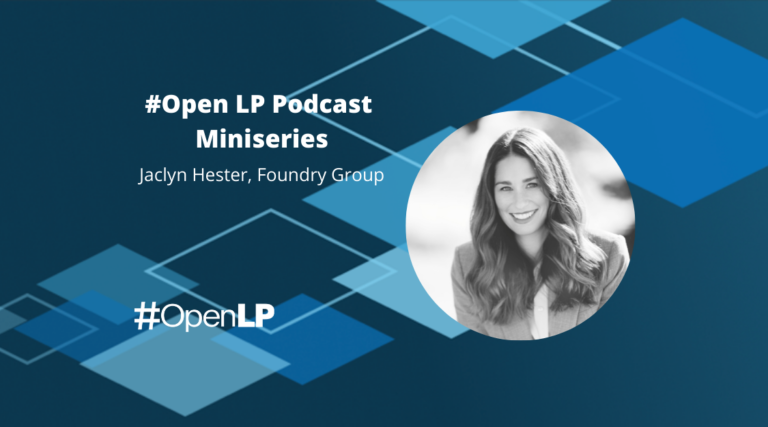Since the inception of Sapphire Partners, our team has evaluated thousands of opportunities to invest in venture funds and have subsequently seen a variety of data room formats providing varying levels of information.
Because of our role in the venture ecosystem, we often find emerging and established GPs asking us for best practices in putting together a data room. So, in the spirit of #OpenLP, this blog is our perspective on data room best practices. This will be the first in a series of posts on the subject of LP diligence processes where we’ll dive into what specific financial information we look for when assessing an early stage venture fund.
Our goal with this post is to be as comprehensive as possible, and provide the community with a handy template to further illustrate our points.
While we have tried to be as comprehensive as possible in our discussion of data rooms, it is important to note that not all LPs in early stage venture funds share a standard due diligence process. As such, they may may require more, or less data, depending on their processes. Finally, although formatting data for a data room may take more upfront time for GPs, it allows LPs to run their processes more efficiently, and minimizes unnecessary back and forth throughout the fundraising process.
The first worksheet (“Portfolio Companies”) of the template looks at each portfolio company across all historical funds in a single view. We sometimes see data split up across worksheets by fund, but having all the company-level data on one worksheet is much more conducive for our quantitative analysis. Here’s a pro tip for GPs: provide your quantitative data in Excel format, not PDF format. LPs will use software to translate PDFs into Excel or worse – some poor soul will have to manually enter all your data into Excel. Receiving data directly from the fund manager in Excel format is ideal as both previously mentioned methods leave some room for error.
At Sapphire Partners, we typically group data in six broad categories:
- Financial Data – investment-level details for each portfolio company
- Entry Data – data pertinent to the initial investment made for each portfolio company
- Current/Exit Data – data pertinent to the latest activity (current or exit) for each portfolio company
- Attribution Data – partner attribution data for firms with multiple check writers
- Qualitative Data – provides categorical descriptors (i.e. geography, sector, etc.) which provides LPs an understanding of performance and investing dynamics across these groups
- Company Metrics – although not always relevant or available, LPs generally appreciate revenue metrics to understand the traction and scale of the underlying portfolio companies
In our template, we break down each group by its data components and provided some accompanying details when necessary.
- Financial Data
- Date of Initial Investment
- Initial Invested Cost
- Total Invested Cost
- Realized Value
- Unrealized Value (FMV)
- Total Value (Realized + Unrealized Value)
- Realized MOC
- We view this metric as Realized Value/Total Invested Cost, but some LPs view this as the realized value and total invested cost of the fully realized companies.
- Gross MOC
- Entry Data
- Entry Series
- Entry Ownership (%)
- Entry Valuation (post-money)
- Current/Exit Data
- Latest/Exit Series
- For realized investments, this would indicate the last Series before the liquidity event
- Current/Exit Ownership (%)
- Current/Exit Valuation (post-money)
- Exit Date (if applicable)
- Exit Type (if applicable)
- We typically see IPO, M&A, and written-off as options
- Latest/Exit Series
- Attribution Data
- Lead Partner
- Board Seat (Y/N/O)
- Yes, No, Observer
- Qualitative Data
- Geography
- Geography depends on strategy: For a global fund, country or region is best. For a US fund, region or state is typically most helpful.
- Sector
- Prior Investors
- Co-investors
- Follow-on Investors
- Geography
- Company Metrics
- 2017 Revenue
- 2018 Revenue
- 2019E Revenue
The second and third worksheets (“Fund Net Cash Flows”) provide a template for fund-level cash flows to calculate TVPI, DPI, and Net IRR metrics.
Although not always shared by GPs, most LPs use fund-level cash flows to recalculate TVPI, DPI, and Net IRR metrics internally. In addition, this data it often used to look at the historical rate of capital calls and distributions. If GPs don’t want to provide cash flows, please make sure to provide net TVPI, DPI, and IRR metrics by fund.




